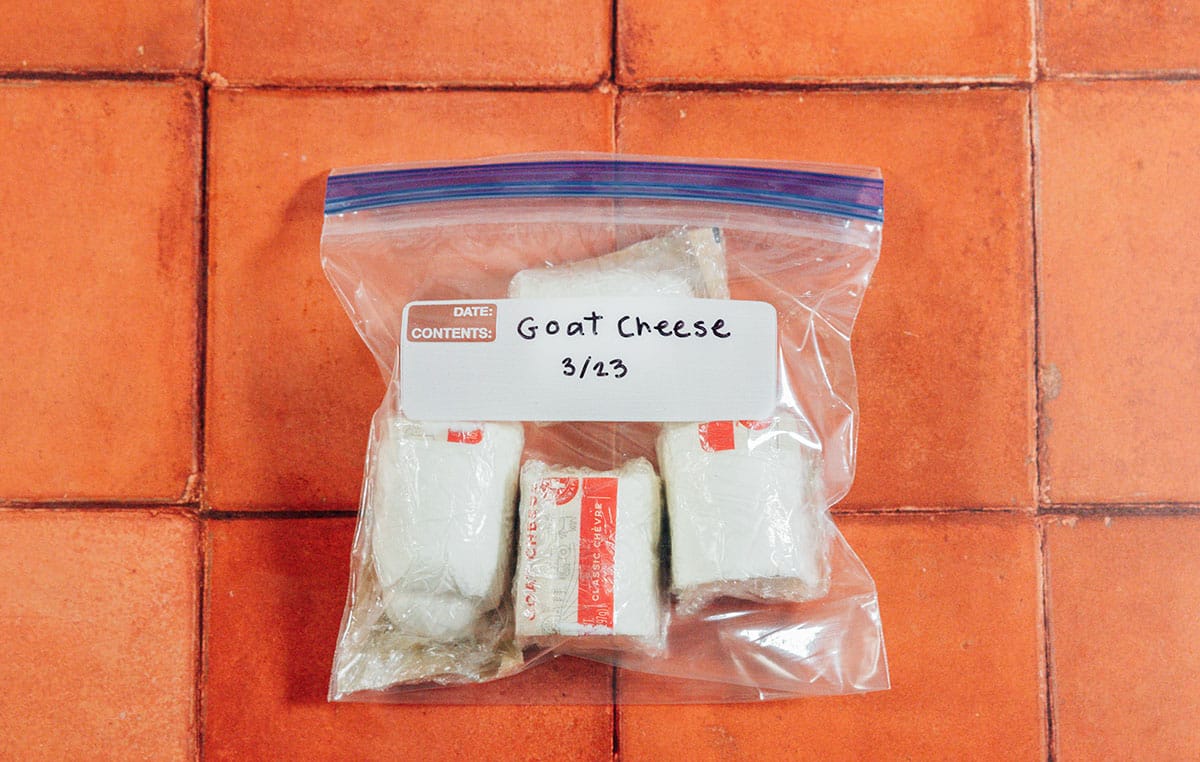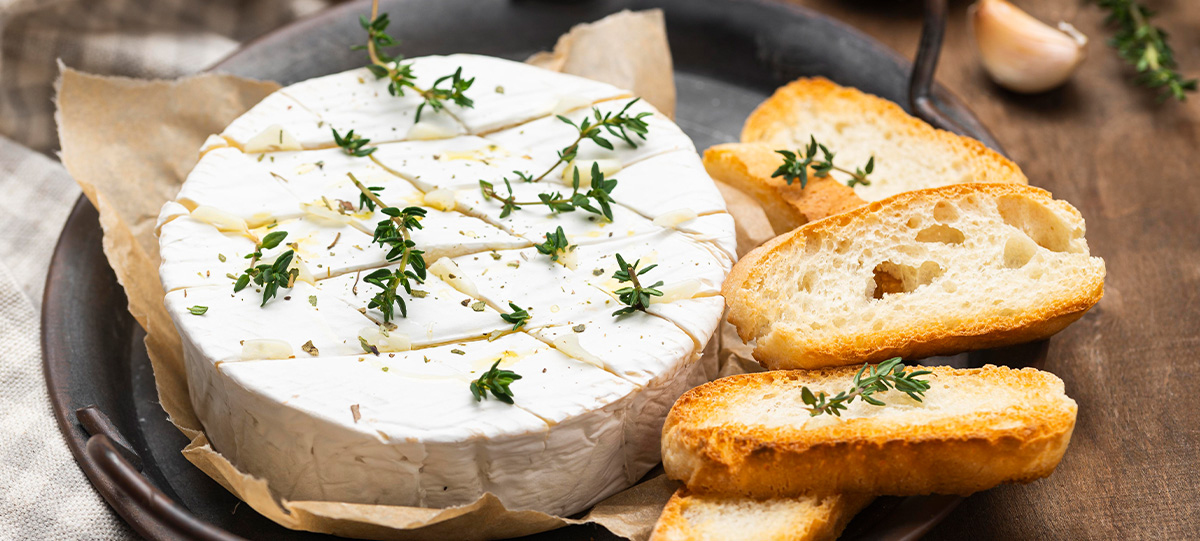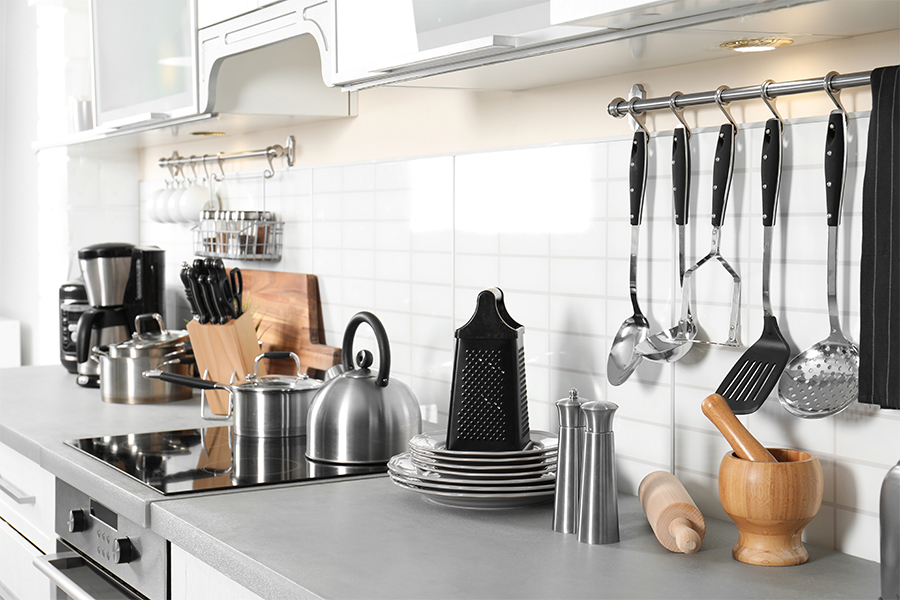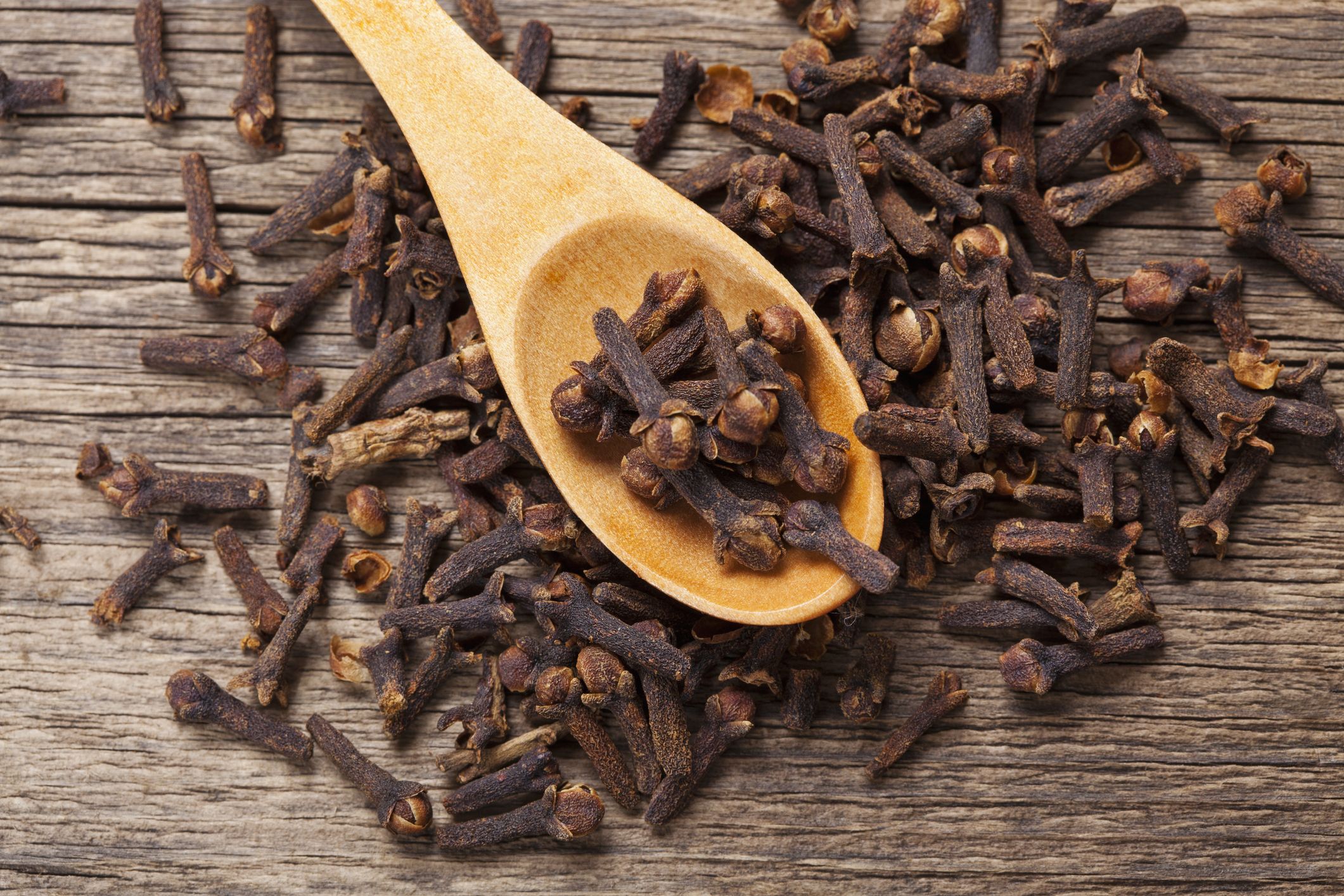Unlocking the Nutritional Value of U Foods: Exploring Upland Rice, Ube, and More!
– Udon: thick, chewy Japanese noodle made from wheat flour
– Umbrella fruit: sour fruit with flavors of mango and pineapple, often eaten with chili powder, shrimp paste, salt, and sugar
– U-NO bars: sweet treat with a smooth, rich chocolate truffle-like center with crushed almonds, covered in milk chocolate
– Ukrainian rolls (pampushki): garlic rolls traditionally served with Ukrainian dishes like borsch
– Unagi: freshwater eel, a pricey delicacy in Japan, usually skewered and grilled with soy-based sauce
– Umble pie: a pie filled with chopped or minced organs of a beast, often made with deer meat
– Ugli fruit: citrus fruit, cross between an orange and a grapefruit, known for its sweet, citrusy taste and high vitamin C content
– Ube: purple yam from the Philippines, commonly used in Filipino desserts
– Upside-Down Cake: dessert involving caramelized fruit over a sponge cake
– Umbricelli pasta: thicker version of spaghetti with a chewy texture, commonly served with various sauces
– Urfa pepper flakes: dark flakes of the Urfa chili pepper from Turkey, sweet and smoky flavor with mild heat
– Umami Burger: burger with umami flavors, often achieved through mushrooms or soy sauce and known as the “fifth taste”
– Ugali: thick porridge made with maize or corn, often served as a side dish with meat and vegetables
– Urgelia cheese: semi-firm cheese from Spain with a creamy taste
– Upma: South Indian breakfast dish made from rava or cream of wheat, often served with vegetables
– Utah scones: deep-fried bread inspired by Native American pastries, eaten with powdered sugar and honey
– Umeboshi: traditional Japanese preserved plum with a sour and salty taste, often served as a side dish
– Uszka: small dumplings filled with mushrooms and/or minced meat, traditionally served in Borscht on Christmas Eve in Poland
– Urad dal: small black lentil used in Indian cuisines, high in minerals and protein









